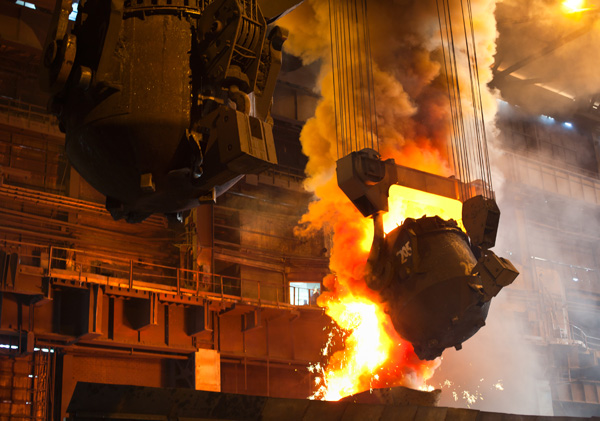Iron ore is not in oversupply

A fines mess
The benchmark 62% Fe import price including freight and insurance at the Chinese port of Tianjin lost $0.60 or 1% to $58.40 a tonne according to data provided by The SteelIndex, a two-week low.
A rally that began mid-April saw the price rise 33% from record lows struck at the beginning of April to above $60 a tonne. The price slumped 47% last year and entered 2015 above $70 a tonne.
A slowdown in China which consumes 70% of the seaborne iron ore trade is partly to blame, but most industry watchers have laid the blame for the weakness on the supply side. Led by the Big 3, iron ore miners invested north of $100 billion in new projects and expansions since the start of the decade.
A trenchant new report by Minerals Value Service, a London-based research firm, urges a more nuanced reading of the iron ore supply picture.
Fines drive the iron ore price and it makes up the bulk of supply, but MVS points out that concentrate, pellets and lump output has remained fairly consistent since 2010.
Blame for the current price slump should therefore be laid squarely on fines producers which are on course to almost double output from 2009 to just shy of 800 million per annum by the end of this year.
That compares to lump output of around 280 million tonnes last year, up by only some 20 million tonnes from 2009. Similarly pellet production has hovered around 200 million tonnes per year since 2010, while annual concentrate has only increased by around 10% over the same period according to MVS data.
In contrast to fines, demand for lump and particularly pellets are expected to rise as steel mills, particularly in China, battle to reduce pollution and increase plant efficiency, the authors note.
Significantly, according to the report, the abundance of cheap fines – particularly grades between 56%–62% – won’t displace other classes at mills:
Blast furnace operators are reluctant to make large scale, sudden changes to their burden mix due to the risk of an unforeseen negative impact. Therefore, steel mills are unlikely to absorb any further increase in the volume of fines material entering the market.
Fines material achieves the lowest price in the market, tends to provide the least desirable suite of chemical and physical specifications and is the most readily available iron ore class in the market place. For these reasons, steel mills may continue to use their current lump and pellet supply, regardless of how low the price of fines becomes, as they seek to maintain a consistent blend.
More News
{{ commodity.name }}
{{ post.title }}
{{ post.date }}


Comments
PaoloUSA
These are smart folks………